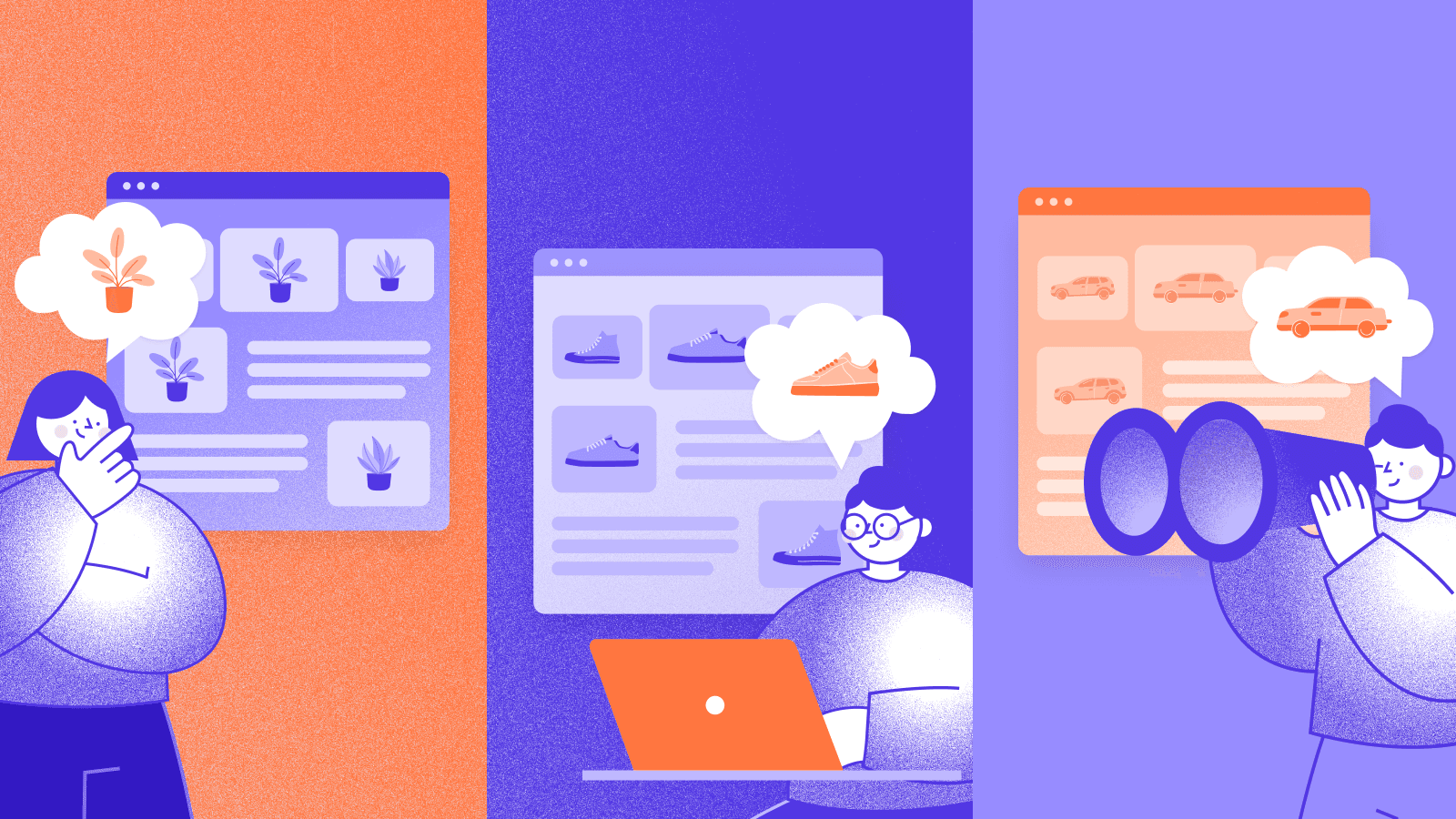Understanding Website Personalization:
Imagine walking into a physical store where the staff greets you by name, remembers your preferences, and guides you to exactly what you're looking for. Website personalization aims to replicate this personalized experience in the digital world. It involves dynamically presenting content, product recommendations, and offers based on a visitor's unique characteristics, behaviors, and interests.
Why Website Personalization Matters:
So now know what it feels like to provide a personalized web experience to your visitors. But the real question remains, what value does it really bring to your business?
• Enhanced User Experience: Personalization empowers you to deliver targeted, relevant content, ensuring that visitors find what they need quickly and effortlessly. By providing a seamless, tailored experience, you can build a deeper connection with your audience.
• Improved Engagement: When users encounter personalized content that aligns with their interests and needs, they're more likely to stay on your website longer, explore further, and ultimately convert. By delivering personalized recommendations, you can captivate your visitors and keep them engaged.
• Increased Conversions: Personalization allows you to guide visitors through their unique customer journey, nudging them towards the desired action. By tailoring calls-to-action, offers, and content to individual preferences, you can significantly boost conversion rates and achieve higher ROI.
• Customer Loyalty and Retention: When customers feel understood and valued, they are more likely to become loyal advocates of your brand. By consistently delivering personalized experiences, you can foster long-term relationships and encourage repeat business.
Including a Headless CMS for Website Personalization:
Not all headless content management systems (CMS) are created equal. While headless CMS offers numerous benefits, not all of them provide built-in personalization capabilities. However, combining a headless CMS with personalization unlocks a powerful synergy. Let me explain why:
A headless CMS separates content creation and storage from the presentation layer, allowing you to deliver content to various channels consistently. Decoupling the backend and frontend, allows you to customize the user interface while ensuring content remains centralized and manageable.
When you integrate personalization into a headless CMS, you unleash the true potential of your website. With personalization features embedded directly into your CMS, you can easily create and manage dynamic, tailored content for different user segments. Whether it's personalized product recommendations, location-based offers, or customized landing pages, a headless CMS with personalization offers unrivaled agility and control.
Benefits of Using a Headless CMS with Personalization:
• Seamless Integration: A headless CMS with personalization can seamlessly integrate with your existing tech stack, enabling you to leverage visitor data, user profiles, and behavioral insights to fuel personalization strategies.
• Scalability and Flexibility: With a headless CMS, you have the freedom to deliver personalized content across various touchpoints, including websites, mobile apps, IoT devices, and more. This scalability ensures a consistent user experience regardless of the device or platform used.
• Empowering Marketing Teams: A headless CMS with personalization empowers marketers to take the reins and implement personalization strategies without relying on developers. The intuitive interface allows for easy content creation, segmentation, and A/B testing, resulting in quicker time-to-market.
• Data-Driven Decision Making: By leveraging the rich visitor data captured through a headless CMS with personalization, you gain valuable insights into user behavior, preferences, and engagement patterns. This data-driven approach enables you to refine your personalization strategies and optimize results continually.
Website personalization has become a critical component of a successful online presence. It enhances user experience, drives engagement, and ultimately boosts conversions. While many headless CMS options are available, not all offer built-in personalization capabilities. By choosing a headless CMS with personalization, you unlock a powerful toolset that empowers you to deliver seamless, targeted experiences across multiple channels. Embrace the power of personalization, harness the capabilities of a headless CMS, and take your website to new heights of success.
Would you like to know more about the benefits of using a headless CMS with personalization? Don't hesitate to get in touch with one of our experts – we're more than happy to share our knowledge with you!

